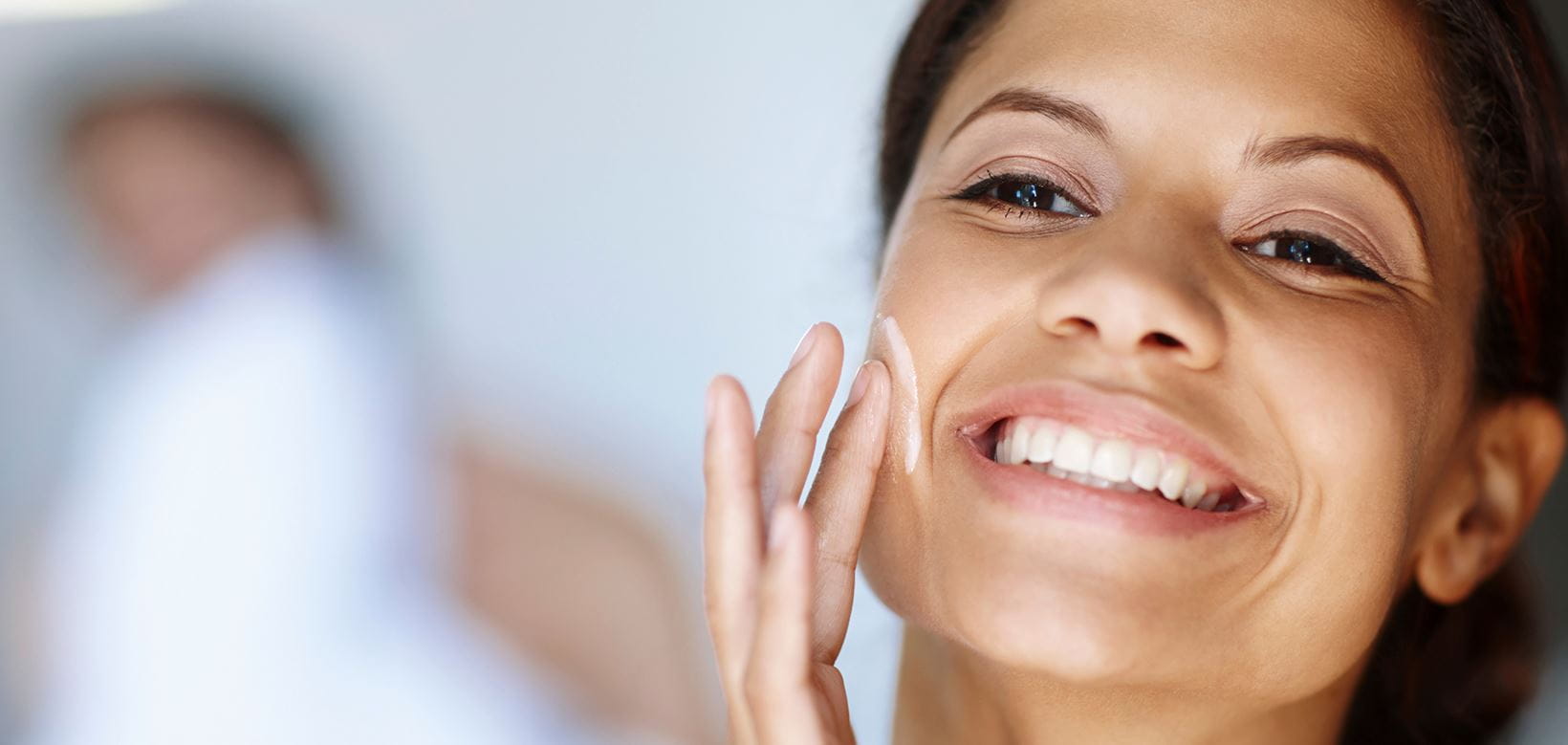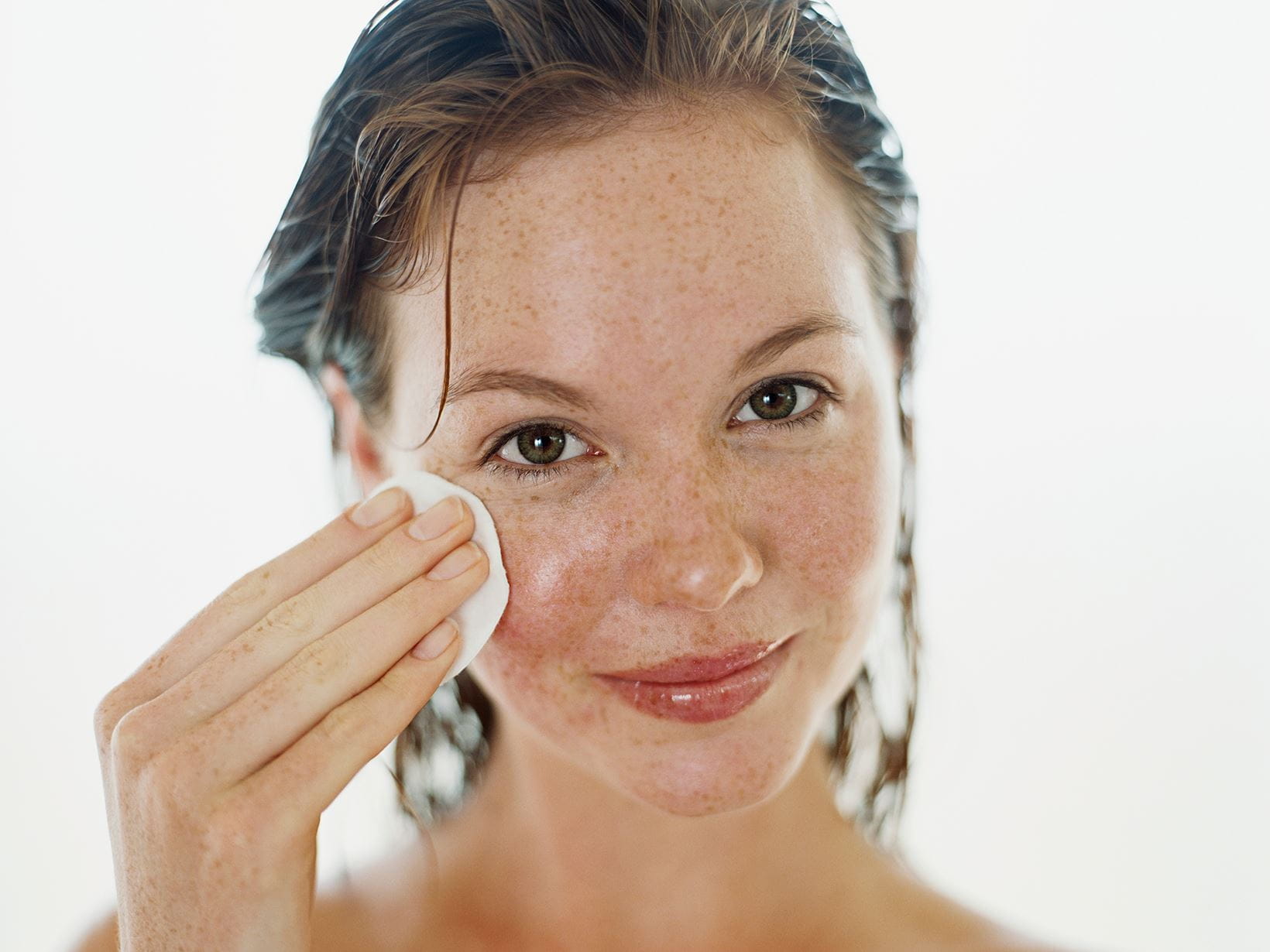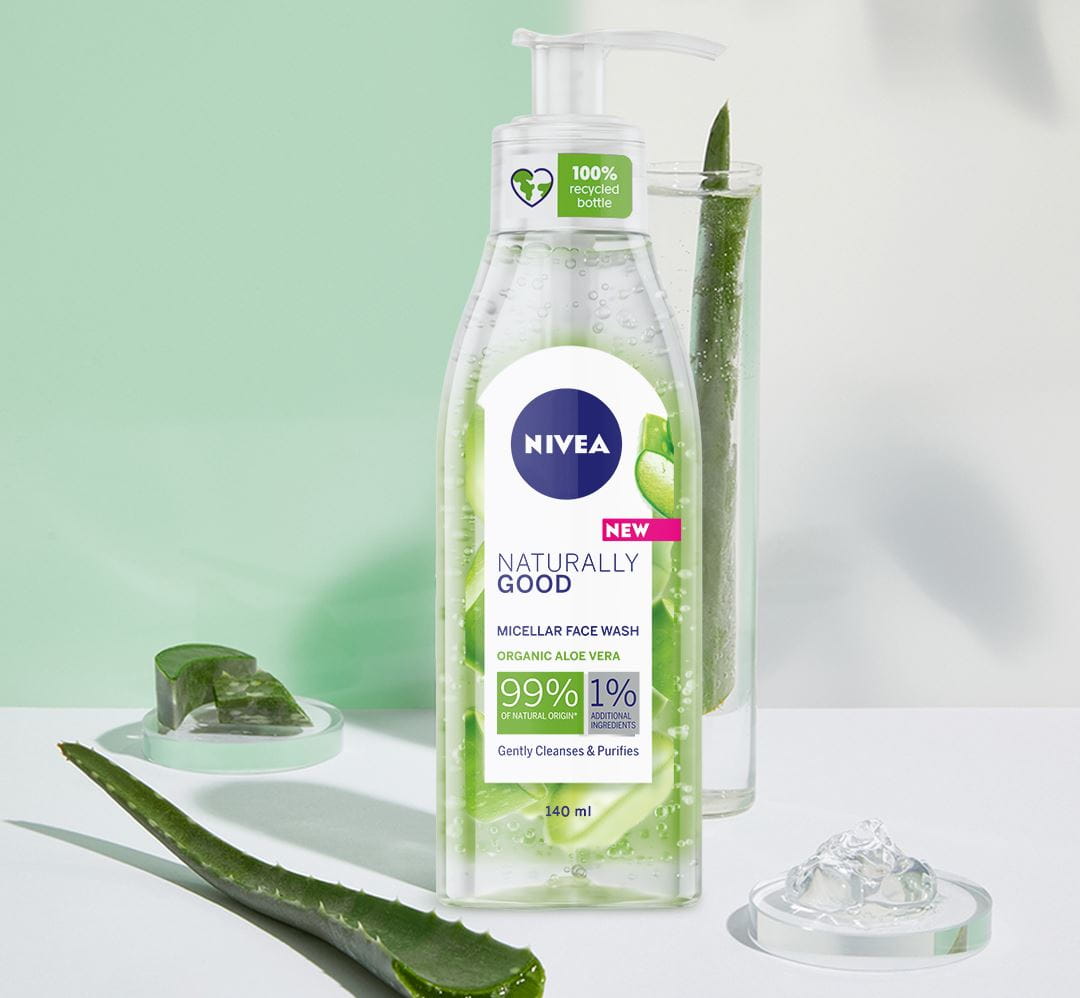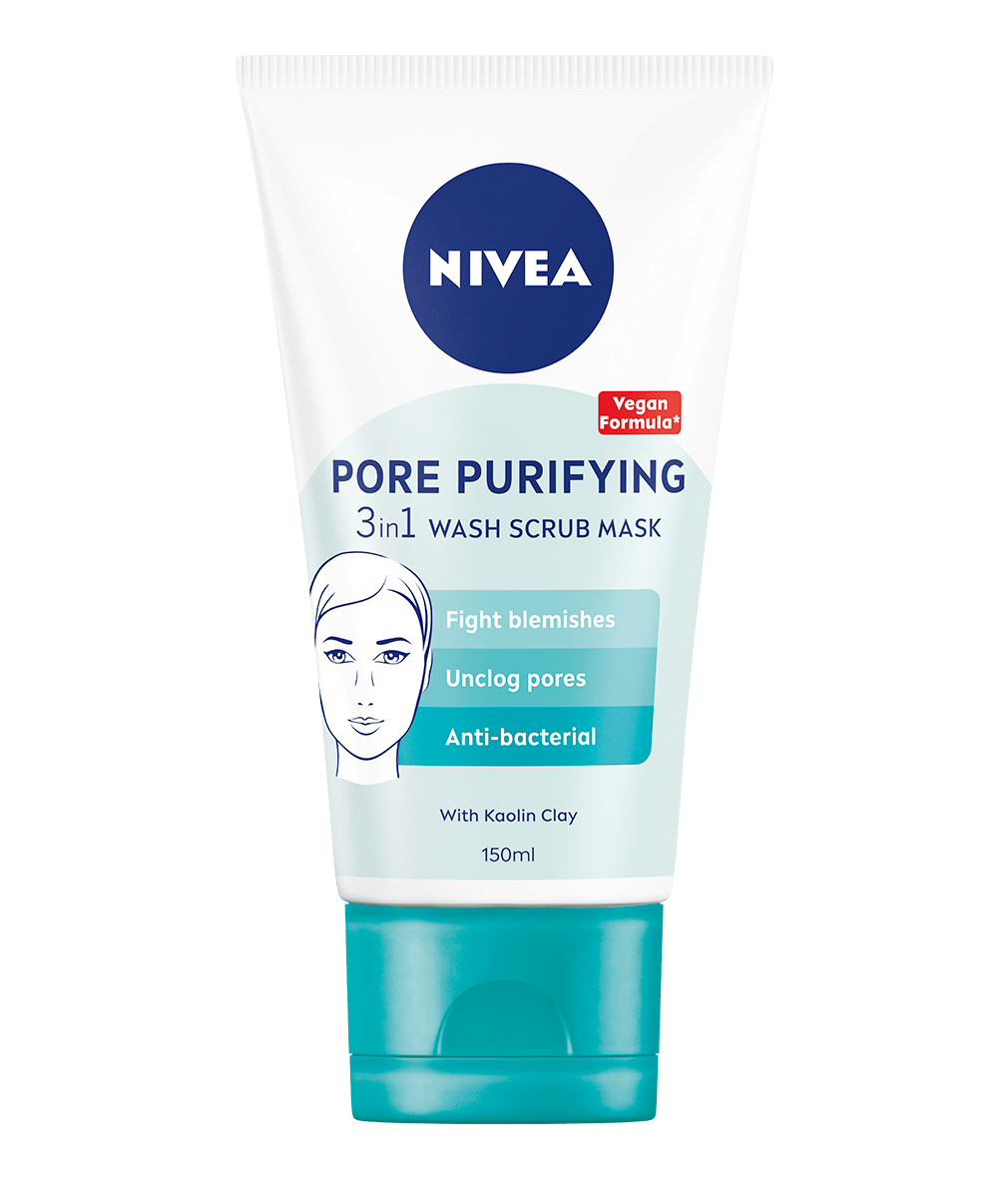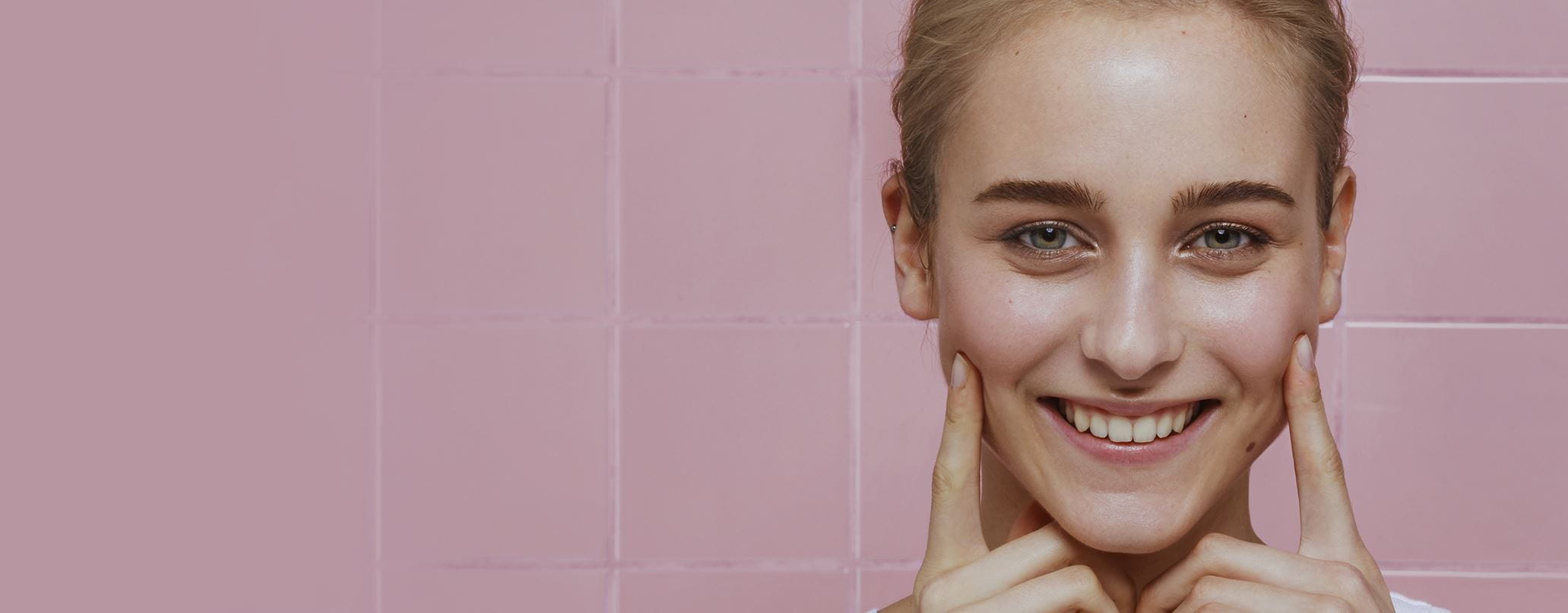
Skin Purging
Our guide to help you understand how long does skin purging last & what does skin purging look like, as well as purging skin advice.
What is skin purging and how long does skin purging last?
Skin purging is a supercharged cleanse for your complexion. It is usually caused by an active ingredient in a skincare product or a process that speeds up the skin’s cell shedding and renewal phase. These ingredients stimulate cell renewal turnover rate leaving behind clearer, smoother skin.
While the process of purging skin itself isn’t pretty, the results are usually worth it. Let’s take a closer look at skin purging, what purging skin looks like - and how long it lasts.
What is skin purging?
What does skin purging look like?
Is it irritation or skin purging?
There’s a difference between purging and irritation. If you’ve added a new skincare product to your routine and your skin is breaking out, it is important to bear in mind an ingredient or process may not be stimulating a purge but rather irritating the skin.
But how do you know?
How long does skin purging last?
Purging follows our skin’s natural cell renewal so the full benefits of purging won’t reveal themselves for between four to six weeks after adopting a new skin care regime, depending on your skin type. Unfortunately, there’s little you can do to speed up the process - your skin cell’s can’t renew any faster.
If after a few weeks you are not seeing any improvement in your skin or it is getting worse, then you may want to stop the product that may be causing the irritation, or see a dermatologist.
How to treat your skin when it is purging
During this turbulent time for your skin, it is important to be kind to it.
Stick to a gentle and basic skin care routine to avoid further inflammation; a gentle cleanser, a soothing hydrating moisturiser, and sunscreen during the day. Don’t stop using the product that has triggered the purge, but do limit its use. Go gently with masks and exfoliators.

